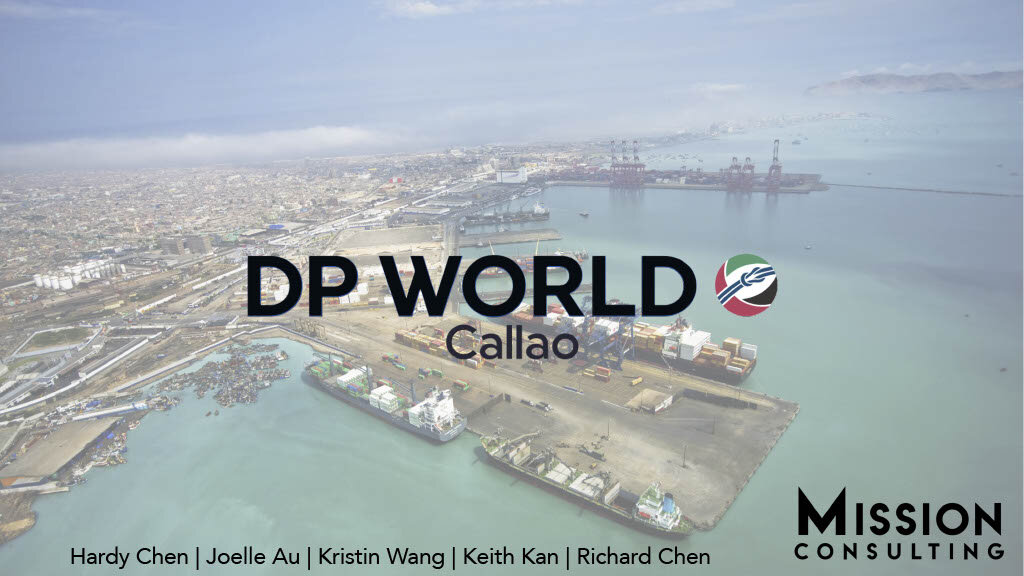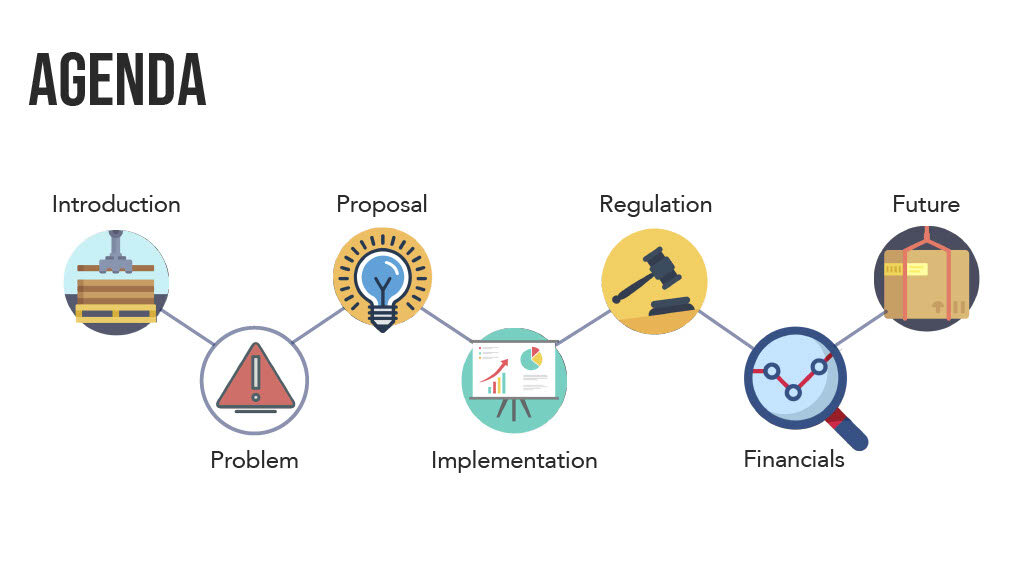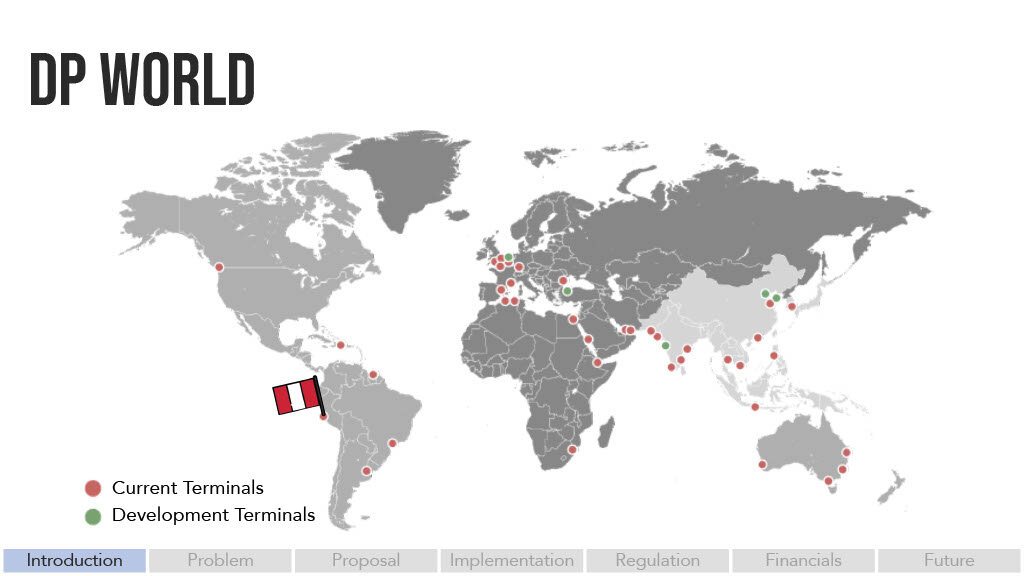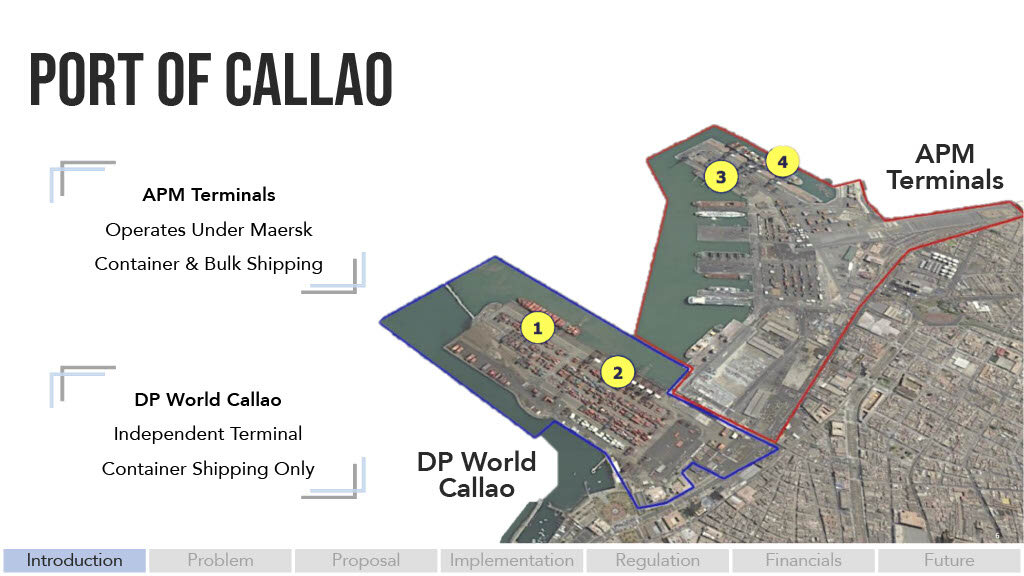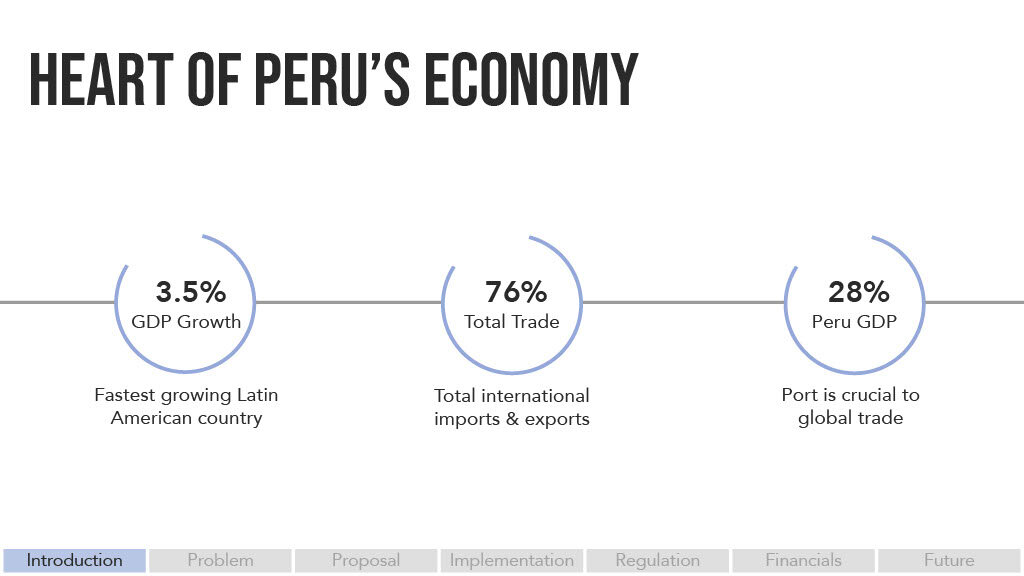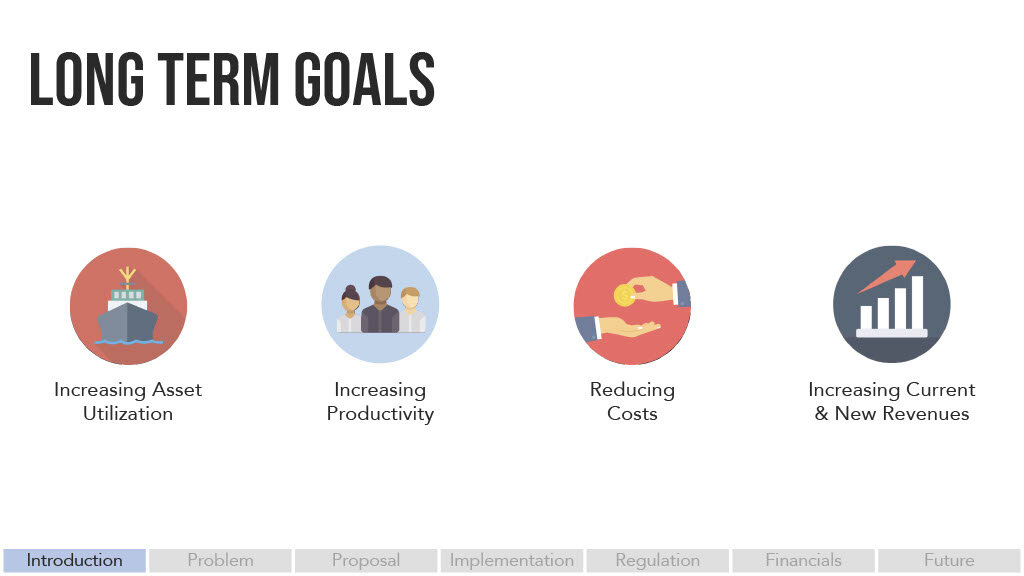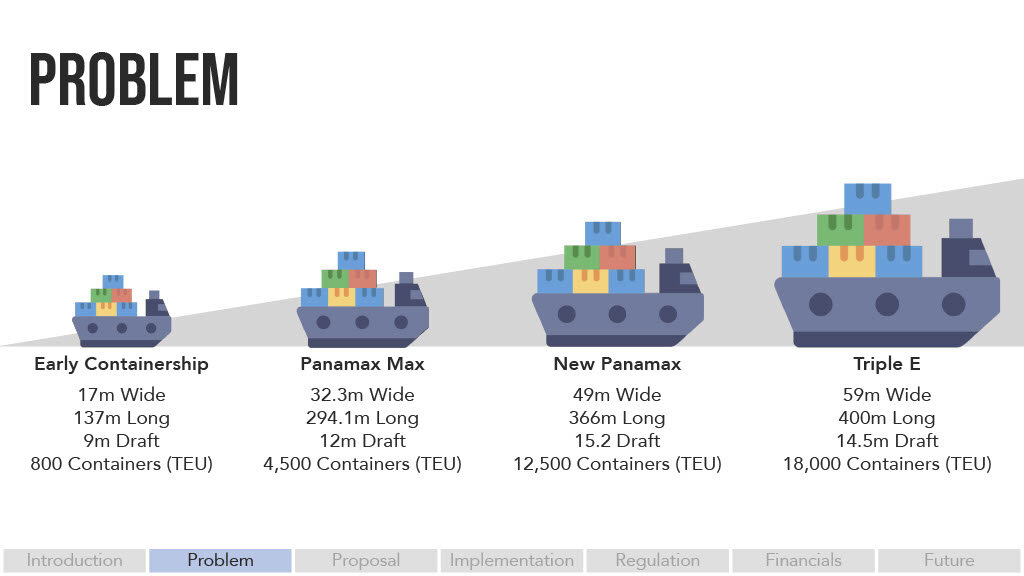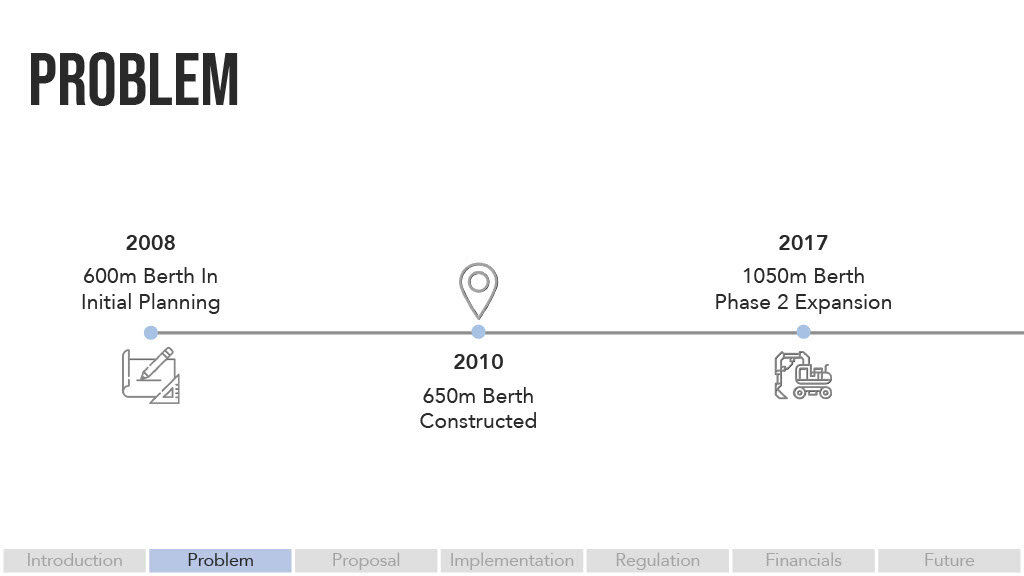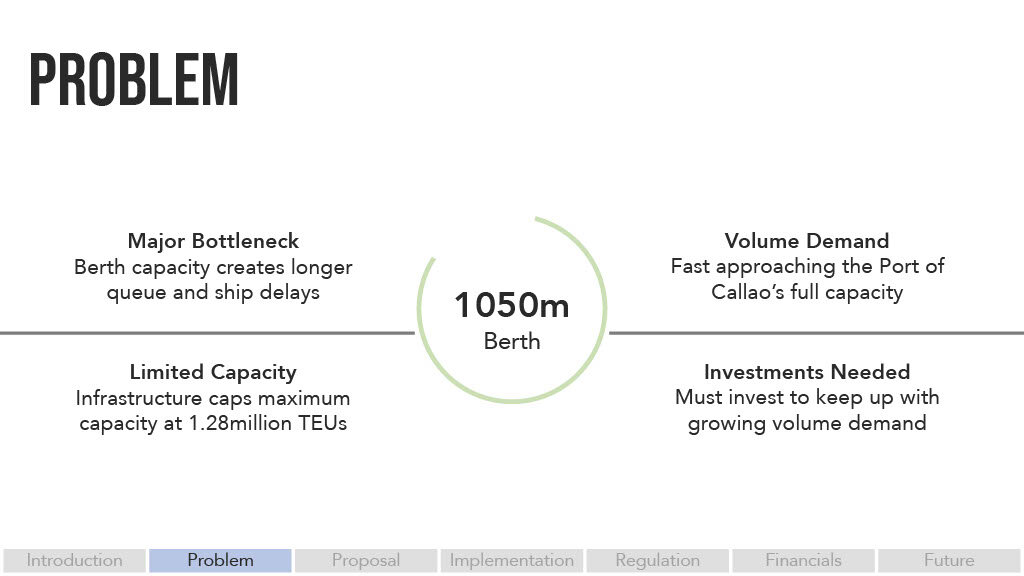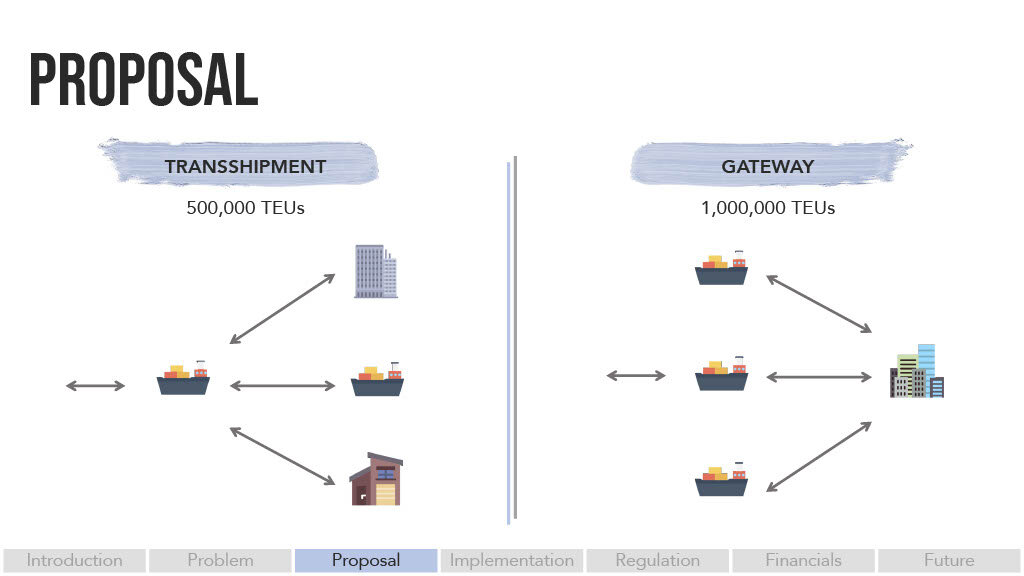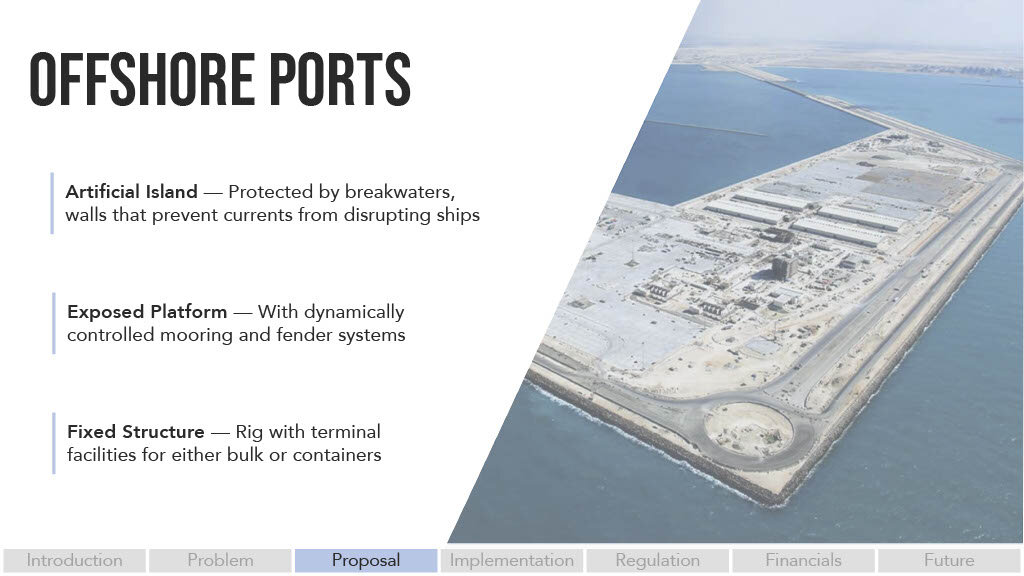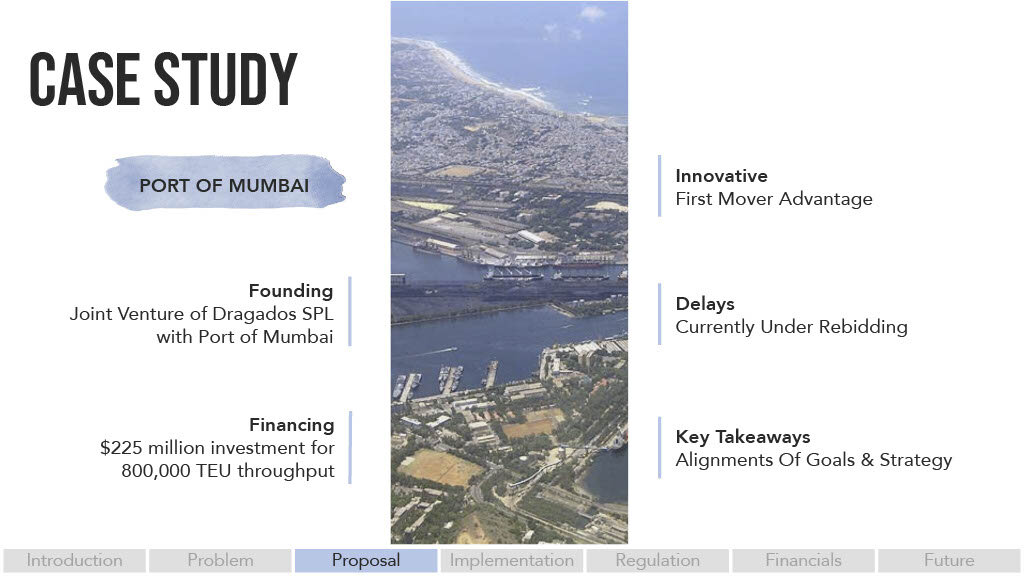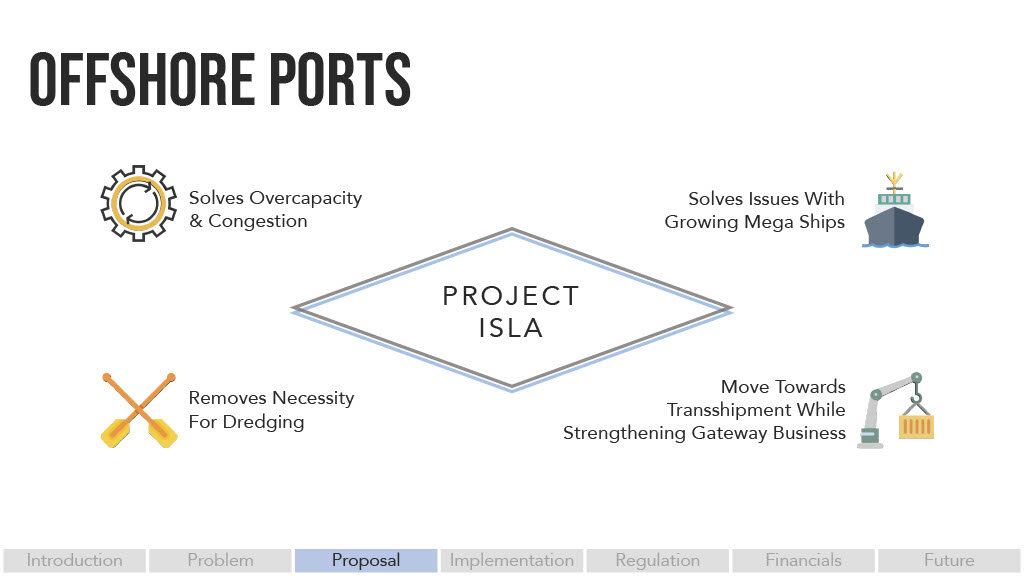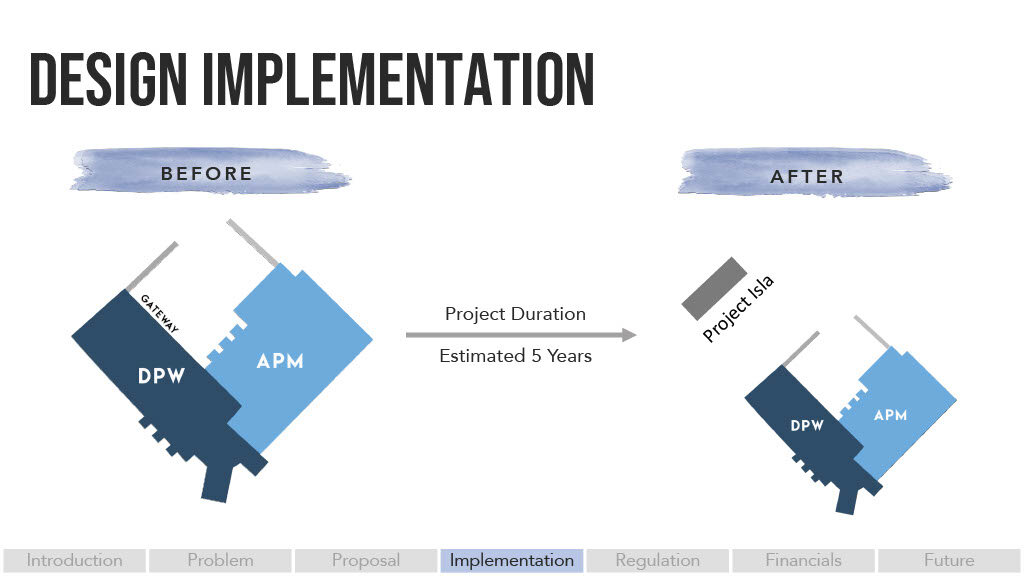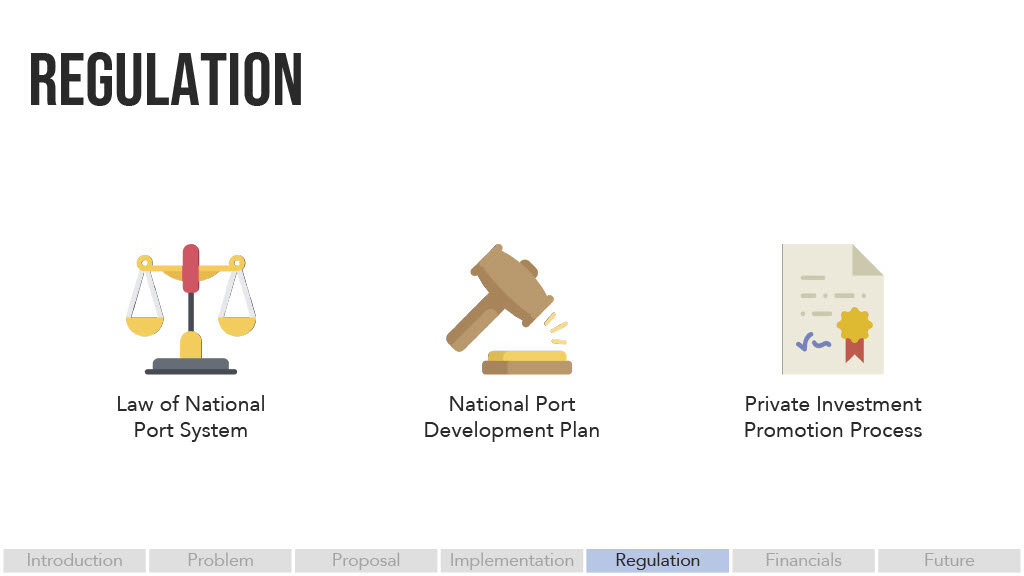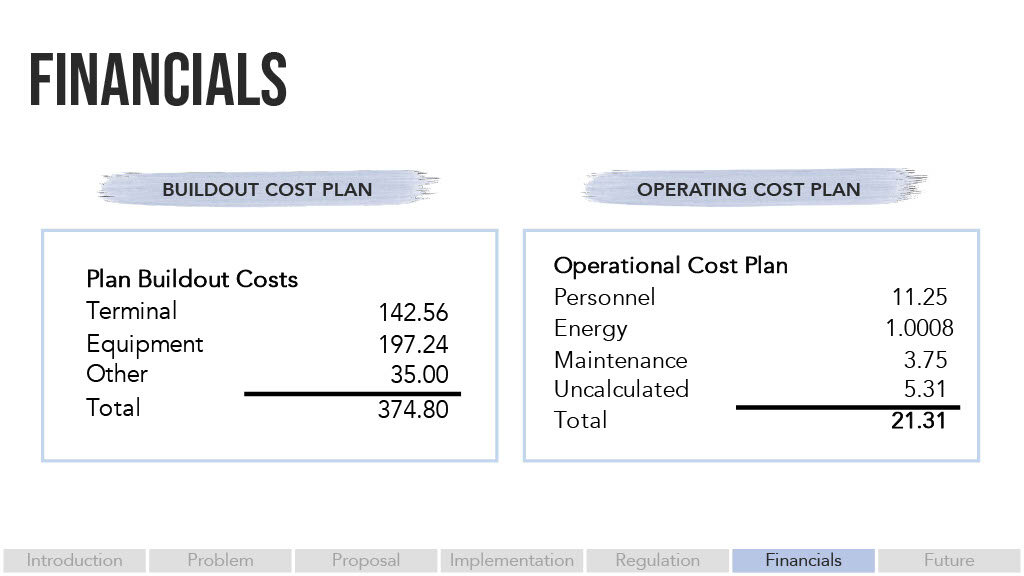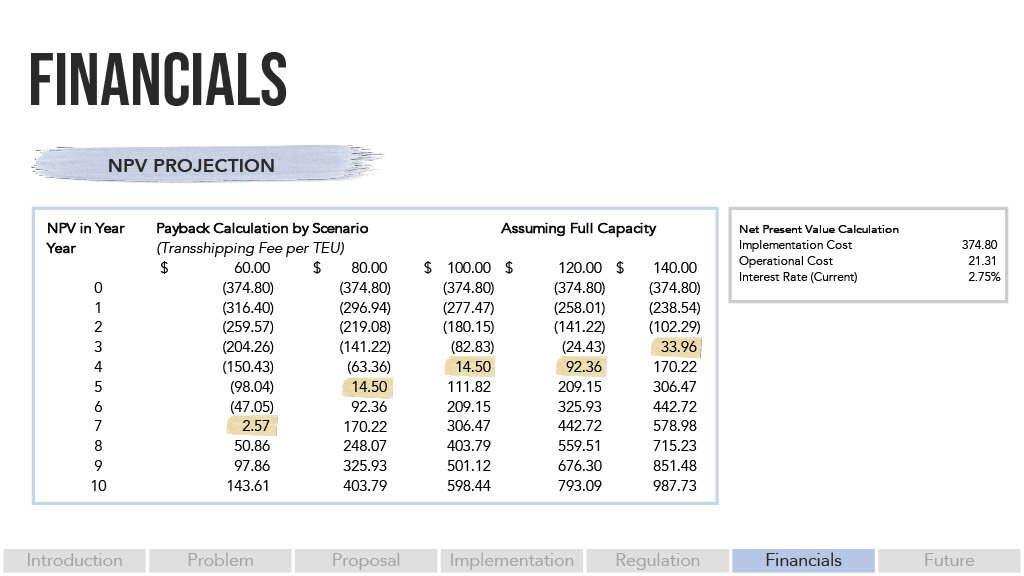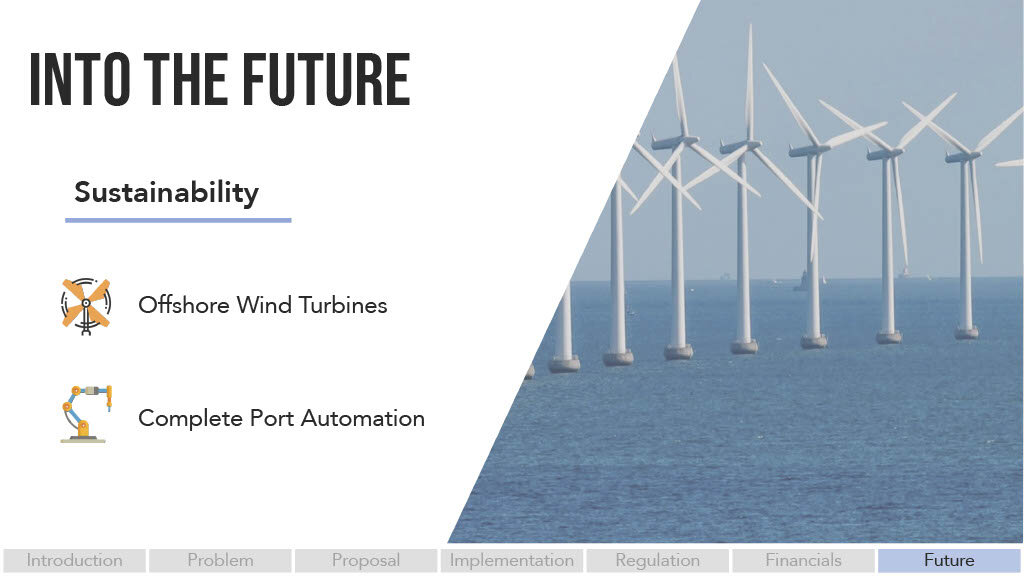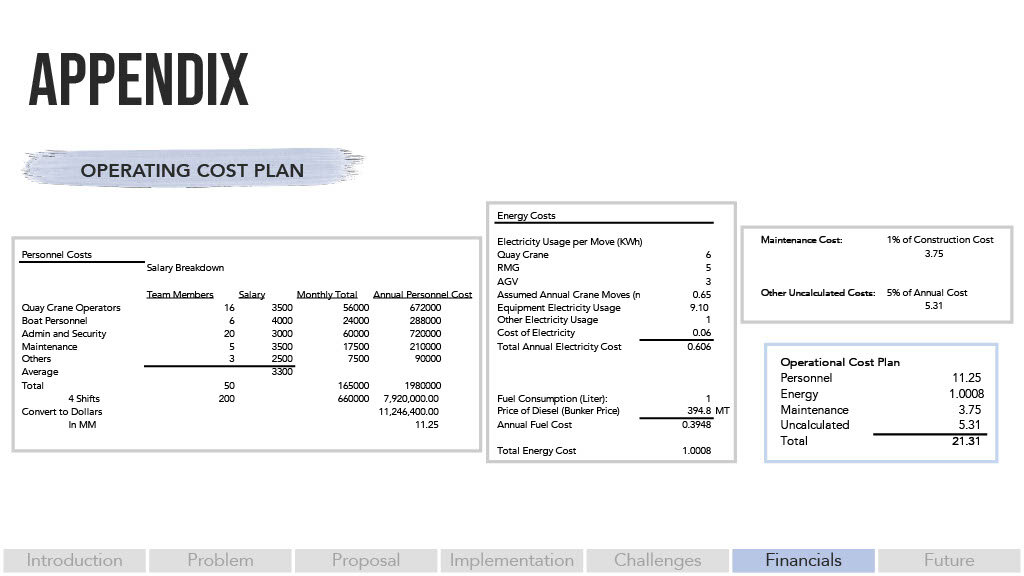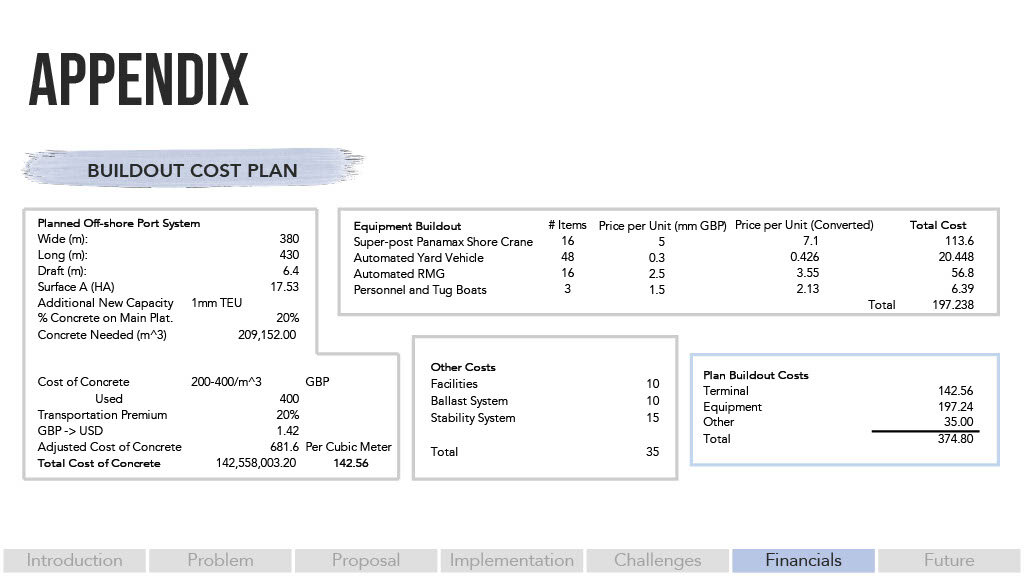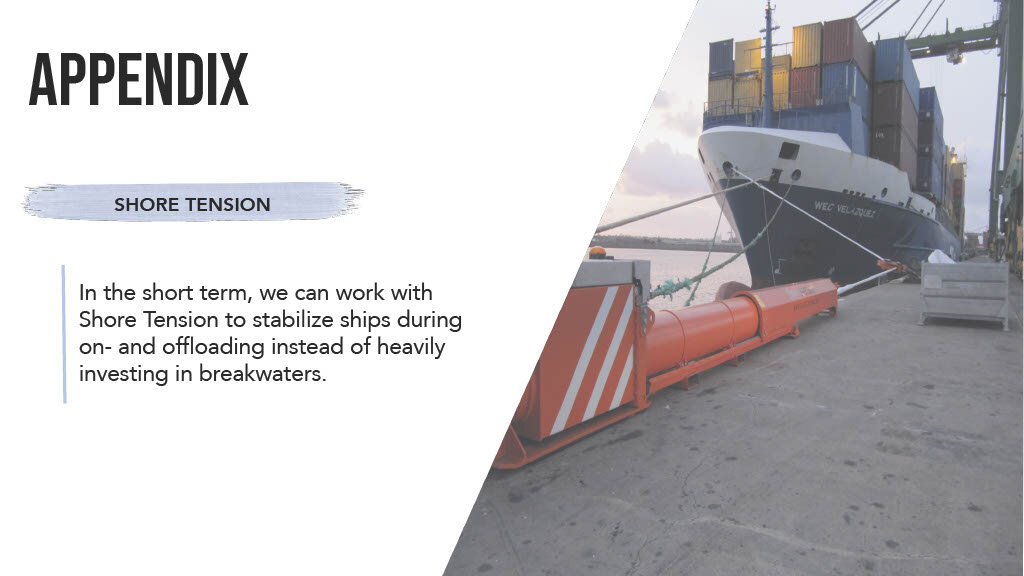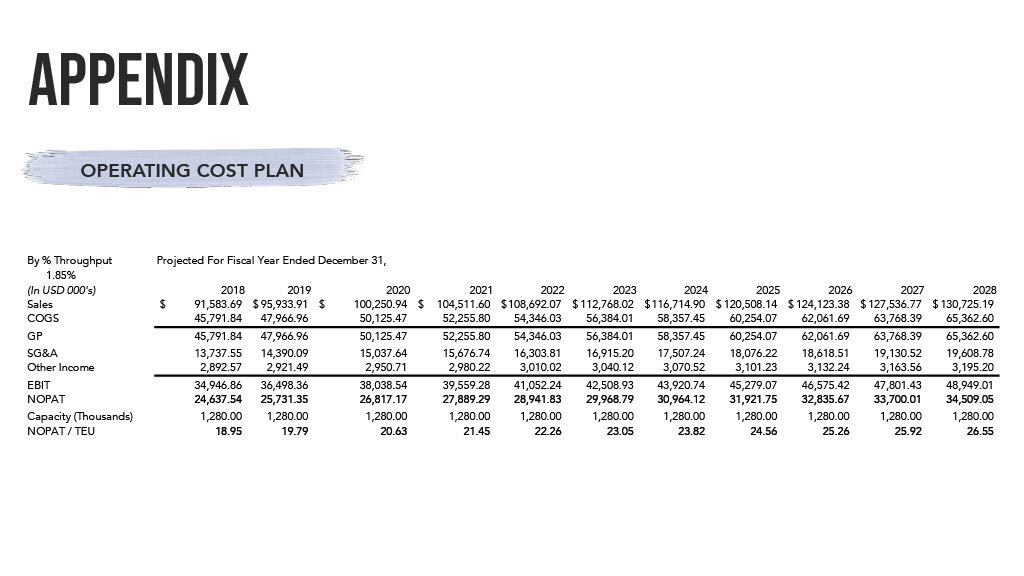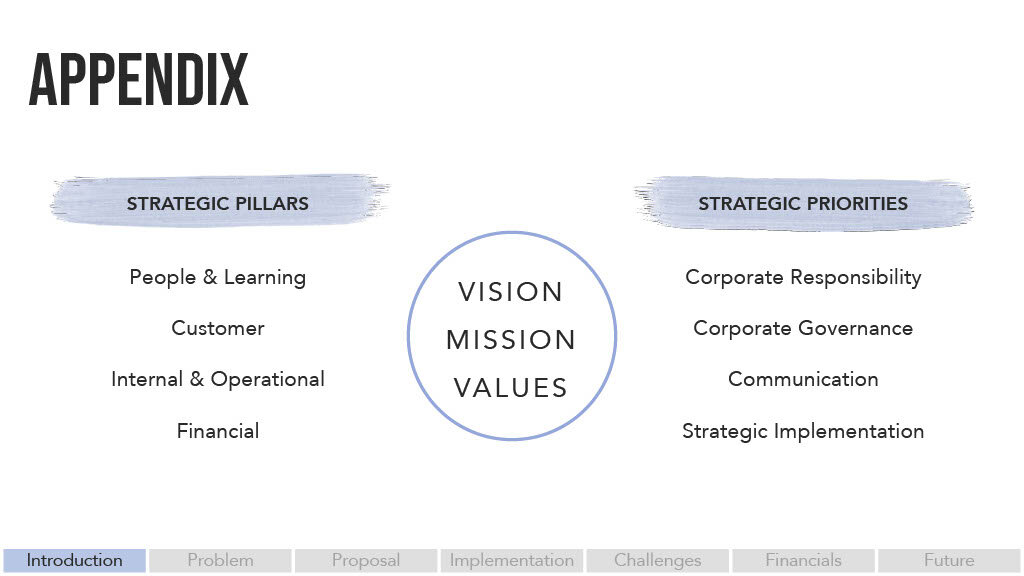Building a freestanding port off the shore of Peru
As part of the NYU Stern curriculum, all 3rd year students are required take an in depth course on the principles of International Economies and Trade. This class, the International Studies Program (ISP), allows students to select either Asia, Europe, or South America as their center of focus. At the beginning of the semester, we were paired with a firm based in the country/city of study to study it’s real-world challenges. During Sprint Break, we get to travel overseas as a class, meet with the company executives, and observe the country’s culture firsthand. The course culminates in the hallmark ISP Competition where students compete in small groups, and present a capstone assignment to classmates, professors, deans, and corporate executives.
Location: Lima, Peru
Company: DP World: Port of Callao
Challenge: DP World is an international shipping container handler. At the Port of Callao, it faced heavy competition from other shipping container handlers. With a greater investment from DP World in Peru, what could grow DP World’s market share and ensure it to be a leader in the shipping container business?
My Team’s Recommendation: Building an port off the shore of Callao.
A major logistical problem DP World suffered at the Port of Callao was the berth capacity of the port. It creates bottlenecks and limits the capacity of the sizes of the vessels handled by the port. The Port, however, is a major center of South American trade and has the potential to grow not only Peruvian, but South American economics and international relations. Given that the demand and investment is available, we proposed a Gateway Port model which doubles the capacity DP World is able to handle. An offshore port entails a man-made island protected by walls that prevent disruption from strong waves, an exposed platform to allow maximum capacity, and a fixed rig terminal to accept specific shipping containers. The biggest challenges would be the time and resources required to build the port as well as the finances to support the build. However, there is an opportunity to create thousands of jobs for local Peruvians and puts Peru at the center of international trade. There’s also opportunity to scale our recommendation by building offshore wind turbines in the future to help power and automate the offshore port.
Out of the 200 students who studied Peruvian economics, culture, and corporations, my team was selected as the 2nd best recommendation for our assigned company, putting us into the Semi-Finalist round of presentations. Our presentation is shown below:
